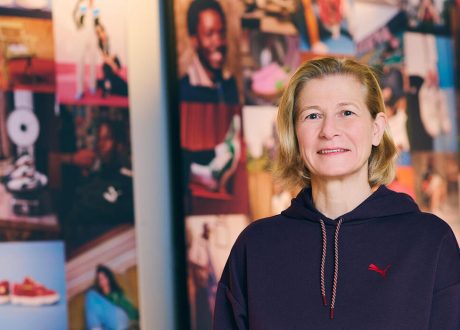
New ISO ESG Implementation Principles provide int’l guidance to streamline ESG practices
New ESG Implementation Principles launched the International Organization for Standardization (ISO) at the 29th United Nations ...

The FlipFlopi Project plans to build on the success of the first recycled plastic dhow – that made the headlines of 2019 in combating plastic pollution – by building an even bigger recycled plastic boat that could sail to Cape Town, South Africa and beyond. In the meantime, its 19 full-time staffs are working to ensure that the original inspiration for combating plastic pollution is not lost.
Three years in the making, the FlipFlopi was a spectacular success not only as a piece of innovative engineering but more importantly as an environmental campaign. For two years, the boat docked at ports in numerous cities and towns across Kenya, Tanzania and even Lake Victoria and attracted thousands of spectators including lawmakers and students.
The dhow sits perched upon a structure by the entrance of the boatyard. Its current state is a far cry from the glory days of its maiden voyage from Lamu, Kenya to Zanzibar, Tanzania. It is undergoing a kind of postmortem to assess engineering flaws, what worked well and how the next one can be improved upon.
Nine-meters in length, the dhow boat was made with 10 tons of plastic waste collected from the beaches of various towns and villages on the coast of Kenya and its exterior is adorned with a colourful patchwork of some 30,000 flip-flops giving it its famous vibrant, quilt-like façade.
“The FlipFlopi is a highly visible, shocking reminder that plastic is everywhere, and we’re getting too used to see it in the oceans where it clearly does not belong,” said Llorenç Milà i Canals, head of the United Nations Environment Program (UNEP) Life Cycle Initiative.
“Bringing the colorful mix and match bits of recycled plastic into a boat that then sails across the ecosystems it wants to protect is a great way to shed light on our unsustainable penchant for producing cheap plastic products, using them, and then throwing them away,” he added.
With the theme, #BeatPlasticPollution, World Environment Day 2023 will be hosted by Côte d’Ivoire in partnership with the Netherlands. Tens of millions of people, along with governments, companies, cities and community organizations are expected to take part in various activities around the world.
The world is drowning in plastic pollution and there is no end in sight. More than 430 million metric tons of plastics are produced each year globally, of which over two-thirds are short-lived products which soon become waste. It is expected that by the year 2060, this figure will triple if no action is taken.
Most of the plastic waste is burned, dumped or released into the environment where it breaks down and seeps into the food we eat, the water we drink and ultimately, into our bodies.
The situation is just as bad in the ocean. 11 million tons of plastic waste is dumped into the ocean each year—an equivalent of one garbage truck every minute.
New ESG Implementation Principles launched the International Organization for Standardization (ISO) at the 29th United Nations ...
PUMA has already made strong progress in reducing its greenhouse gas emission over the past ...
The United Nations Trade and Development (UNCTAD) urged during the 29th United Nations Climate Change ...


اترك تعليقا